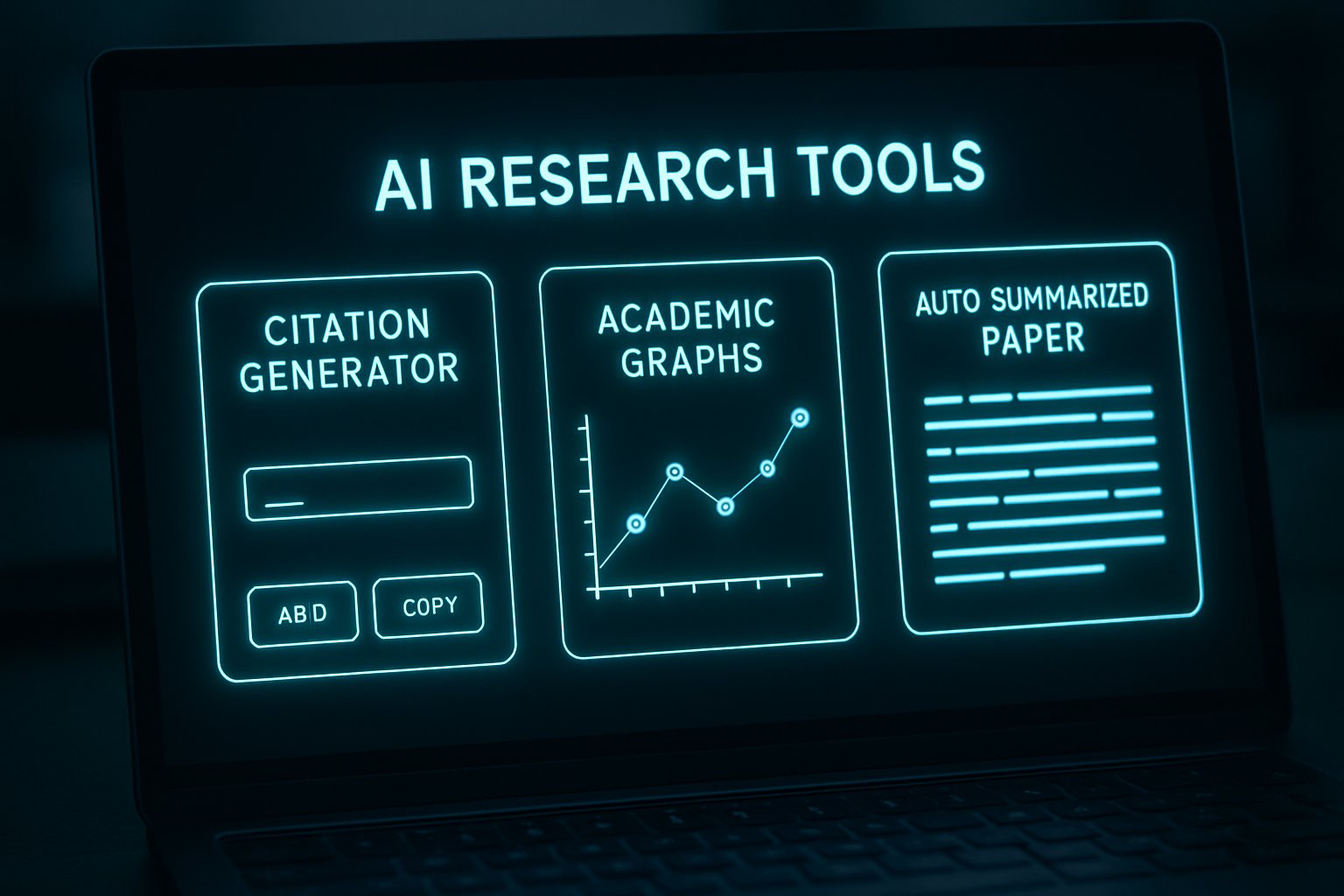
AI CERTS
19 hours ago
OpenAI’s AI Research Assistant Evolves Rapidly
This article delivers expert-level analysis of the evolving feature set, pricing tiers, and remaining risks. Additionally, readers gain actionable advice for strategic deployment and upskilling. Understanding these developments is vital as research automation reshapes professional workflows.
Deep Research Mode Explained
Deep Research operates as an autonomous planning agent inside ChatGPT. It selects web pages, reads passages, and reasons over findings stepwise. Moreover, a visible log shows every click, extraction, and summarization in real time.

The full model leverages the o3 architecture for deeper reasoning and larger context windows. Additionally, a lightweight o4-mini variant reduces compute costs while shortening output length. Both modes support citation generation across web and internal sources.
For many professionals, the AI research assistant now performs hours of synthesis in minutes. Consequently, teams gain rapid situational awareness without leaving the chat interface. Deep Research therefore redefines baseline expectations for research automation. The next section charts how the product reached this milestone.
Key Product Timeline Highlights
OpenAI unveiled Deep Research publicly on 2 February 2025. Pro subscribers initially received 100 tasks monthly. Meanwhile, access spread to Plus and several European markets within weeks.
April brought the lightweight o4-mini fallback and revised quotas across plans. Consequently, Pro users jumped to 250 tasks per month. Free tiers still received five monthly runs.
Throughout each release, the AI research assistant gained depth and broader reach. May and June updates focused on connectors with GitHub, Google Drive, and SharePoint. Subsequently, July introduced a visual browser and embedded analytics. November finally let users interrupt or refine long queries mid-run. These milestones show relentless iteration. However, understanding added features matters more than dates, as the next section details.
Critical Feature Enhancements Listed
Feature cadence accelerated after launch. Moreover, several additions transformed utility for enterprise teams.
- Visual browser embeds charts alongside narrative findings.
- PDF export turns lengthy reports into shareable artifacts instantly.
- Connectors merge Google Drive, GitHub, and Box files with public data.
- Mid-run constraints let analysts refine scope without restarting the process.
- Lightweight mode offers cheaper, shorter drafts when quotas tighten.
- Agent posts summaries into the AI research assistant dashboard.
These enhancements boost citation generation accuracy by surfacing source links beside each claim. Additionally, integrated connectors reduce source quality concerns by prioritising vetted internal documents.
Enterprise reviewers also applaud the clearer step log, which supports expert-level analysis and compliance checks. Consequently, the AI research assistant now aligns better with regulated workflows. Feature progress addresses earlier adoption barriers. In contrast, remaining shortcomings still demand scrutiny, as the next section explores.
Benefits For Busy Professionals
Time savings headline the immediate advantages. OpenAI claims tasks that once consumed eight hours now finish within 30 minutes. Moreover, consistent citation generation supports verifiable deliverables for auditors and executives.
Teams using connectors integrate proprietary metrics seamlessly. Consequently, analytical narratives gain context without violating access controls. Stripe’s Patrick Collison credited the agent with six reports in one day.
Furthermore, expert-level analysis emerges when domain files accompany public material. For decision makers, the AI research assistant functions like an always-available analyst. These benefits explain rising enterprise interest. Nevertheless, risks deserve equal attention next.
Persistent Risks And Gaps
No agent fully eliminates hallucinations. OpenAI warns that synthesized claims still need human verification. Moreover, source quality concerns surface when the model misreads outdated or biased pages.
Andrew Rogoyski cautions against over-trust, citing automation bias as a growing problem. In contrast, OpenAI’s citations improve traceability yet not factual certainty. Additionally, compute costs remain high for extensive expert-level analysis.
Regional data rules further limit availability within regulated industries. Consequently, some firms throttle usage despite enthusiasm. Therefore, every AI research assistant output should pass a quick sanity review. These weaknesses complicate blanket deployment. The following guidance assists cautious adopters.
Strategic Enterprise Adoption Guidance
Start with non-critical research questions to calibrate performance. Subsequently, expand scope once validation processes mature. Governance teams should log expert-level analysis reviews and annotate overrides.
Moreover, enforce connector scopes to mitigate source quality concerns over sensitive data. Set quota alerts, especially when research automation drives new demand. Professionals can deepen skills through the AI Researcher™ certification.
For new hires, the AI research assistant training mode clarifies expectations quickly. Consequently, productivity improvements appear within weeks instead of quarters. These practices balance speed and safety. Future updates promise further efficiency, as the closing section forecasts.
Future Outlook And Actions
OpenAI plans deeper reasoning and richer analytics in upcoming releases. Meanwhile, competitors like Google and Anthropic chase similar agentic tooling. Consequently, the AI research assistant landscape will likely diversify and specialise.
Enterprise buyers should monitor forthcoming system cards and safety audits. In contrast, individual users can lobby for broader free quotas.
Additionally, independent benchmarks must validate claimed accuracy gains beyond OpenAI’s internal tests. More data will clarify lingering source quality concerns across diverse domains. Near-term efforts should focus on measured pilots and continued human oversight.
ChatGPT’s Deep Research mode has moved rapidly from promising demo to boardroom staple. Moreover, steady upgrades now pair deep analysis with trustworthy citation generation and flexible connectors. Consequently, organisations that embrace disciplined workflows can gain decisive speed advantages. However, persistent source quality concerns and hallucinations require vigilant human review. When used responsibly, the AI research assistant amplifies productivity while safeguarding accuracy. Therefore, leaders should launch controlled pilots, track metrics, and train staff through recognised programs. Professionals ready to advance can validate their skills via the AI Researcher™ certification. Begin your journey today and turn research automation into a competitive edge.



